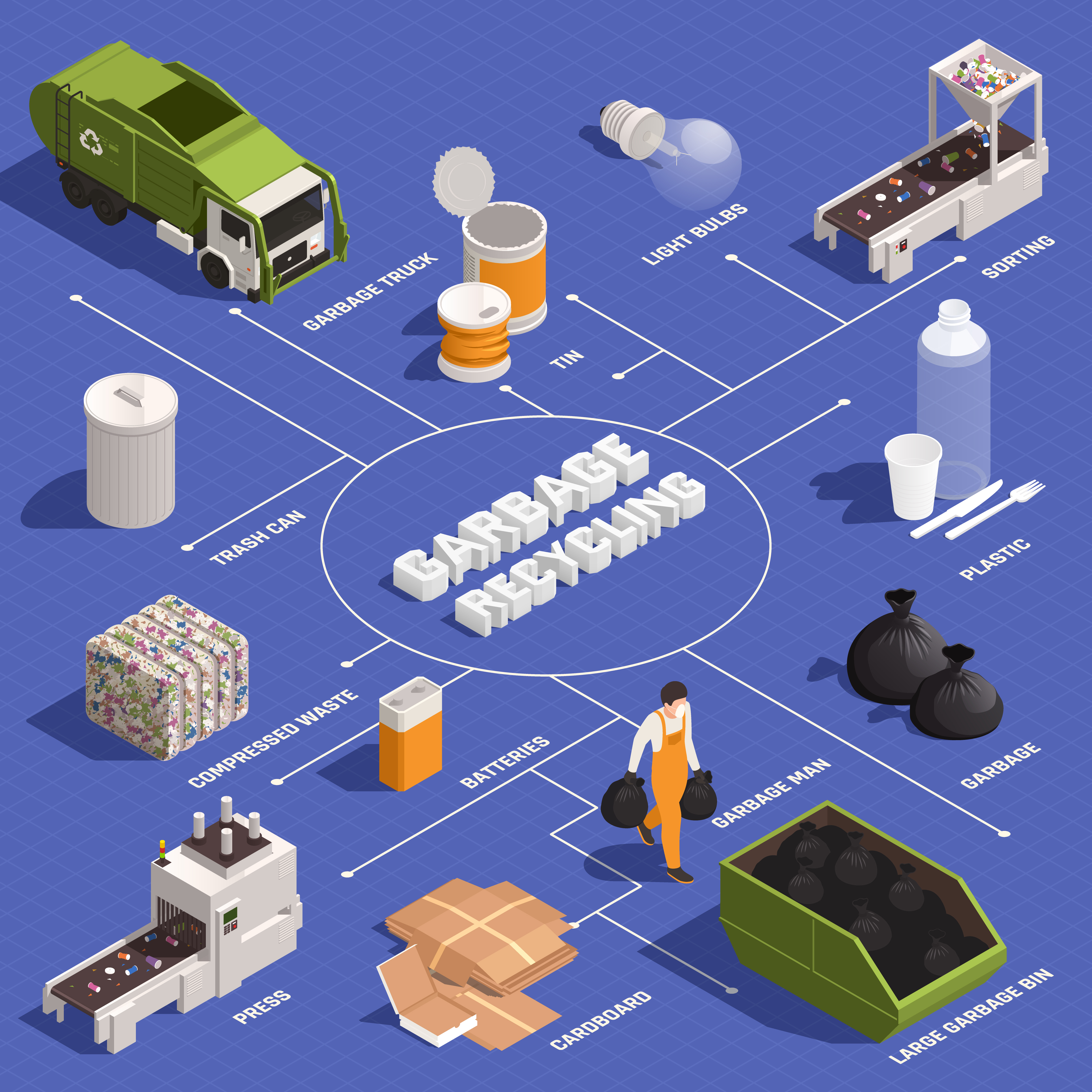
Overview of the Chapter
This chapter explores the various methods used to separate mixtures in everyday life. Students will learn about different techniques such as handpicking, sieving, winnowing, sedimentation, decantation, filtration, evaporation, and condensation. These methods are essential for understanding how substances can be purified or isolated for practical use.
Methods of Separation
Handpicking
Handpicking is a simple method used to separate larger impurities like stones or husk from grains or pulses. It is done manually and is effective when the impurities are visibly different from the desired substance.
Definition: Handpicking involves manually removing unwanted substances from a mixture based on visible differences.
Sieving
Sieving is used to separate components of a mixture based on differences in particle size. A sieve with small holes allows smaller particles to pass through while retaining larger particles.
Definition: Sieving is the process of separating fine particles from coarse ones using a mesh or sieve.
Winnowing
Winnowing is a traditional method used to separate lighter husk particles from heavier grains. The mixture is dropped from a height, and the wind blows away the lighter husk while the grains fall straight down.
Definition: Winnowing separates lighter and heavier components of a mixture using wind or air.
Sedimentation and Decantation
Sedimentation involves allowing heavier particles in a liquid mixture to settle at the bottom. Decantation is then used to pour out the clear liquid without disturbing the settled particles.
Definition: Sedimentation is the process of settling down of heavier particles in a liquid, while decantation involves pouring out the clear liquid after sedimentation.
Filtration
Filtration is used to separate insoluble solids from liquids by passing the mixture through a filter paper or cloth. The solid particles are retained on the filter, while the liquid passes through.
Definition: Filtration is the process of separating insoluble solids from liquids using a filter medium.
Evaporation and Condensation
Evaporation is used to separate a soluble solid from a liquid by heating the mixture until the liquid turns into vapor, leaving the solid behind. Condensation is the reverse process where vapor is cooled to form a liquid.
Definition: Evaporation is the conversion of a liquid into vapor, while condensation is the conversion of vapor back into a liquid.
Applications in Everyday Life
These separation methods are widely used in daily activities such as cooking, cleaning, and water purification. For example, filtration is used in water purifiers, while evaporation is used in making salt from seawater.
